8 features needed on smartphones in 2024
Are you looking to buy a smartphone in 2024? According to usage experience, a high-end phone must meet current industry standards. However, for a mid-range phone, missing out on some key features is acceptable. Here are 8 features needed on smartphones in 2024!
1. Display high refresh rate
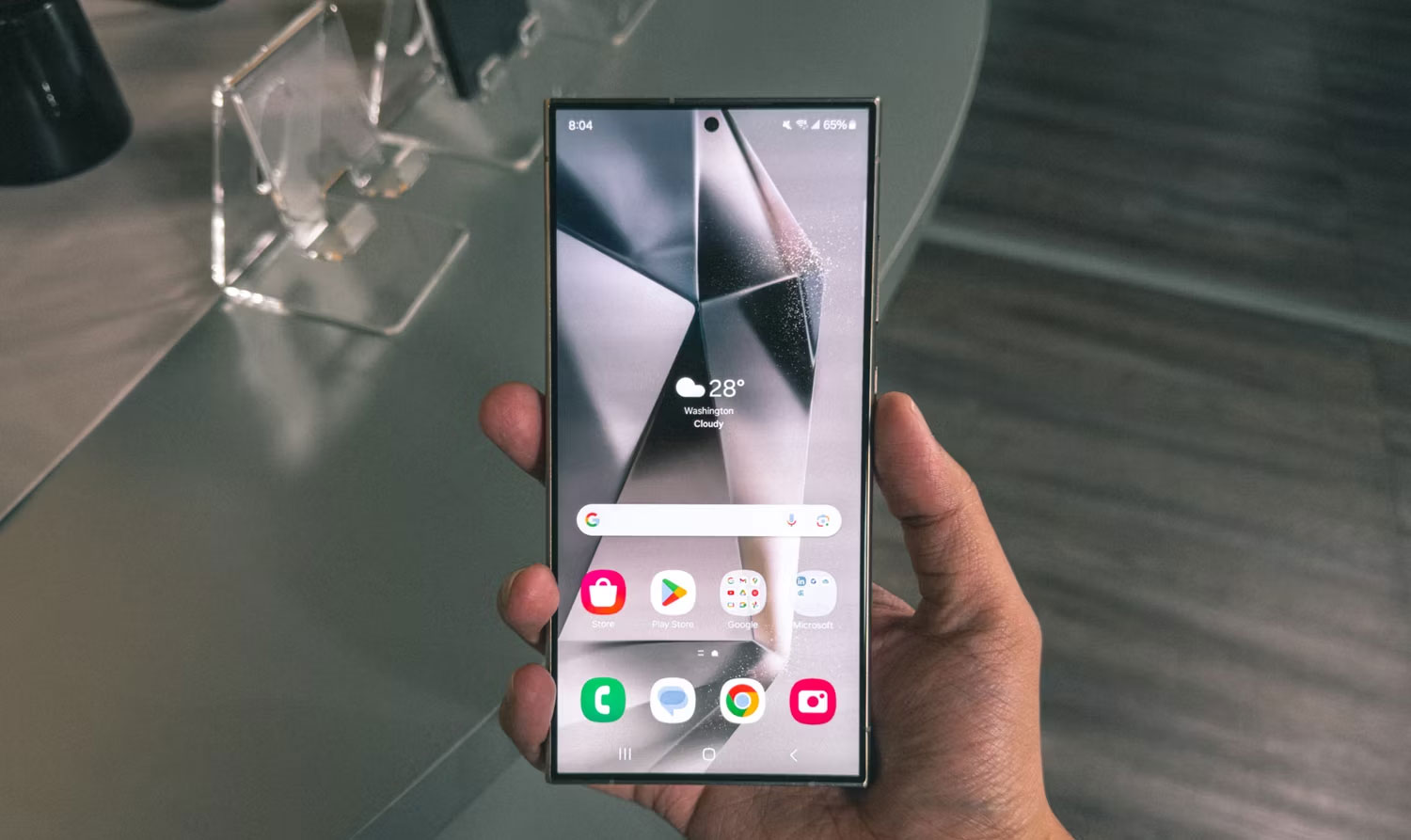
High-end smartphones today should have a refresh rate of 120Hz, because our eyes have adapted to computer screens and TVs with high refresh rates. Everything will feel jerky when switching back to the 60Hz screen.
Some people who have never used a high refresh rate monitor before will find it difficult to notice the difference between 60Hz and 120Hz. However, when you downgrade to a 60Hz display, you'll immediately notice stuttering when scrolling and navigating through menus.
Since you'll be looking at your phone's screen every time you pick it up, you shouldn't accept any frequency below 120Hz, especially if you plan to spend a lot of money on a new high-end smartphone. But if you're looking for a mid-range phone, make sure it has a refresh rate of at least 90Hz.
2. Set up a 3-lens camera
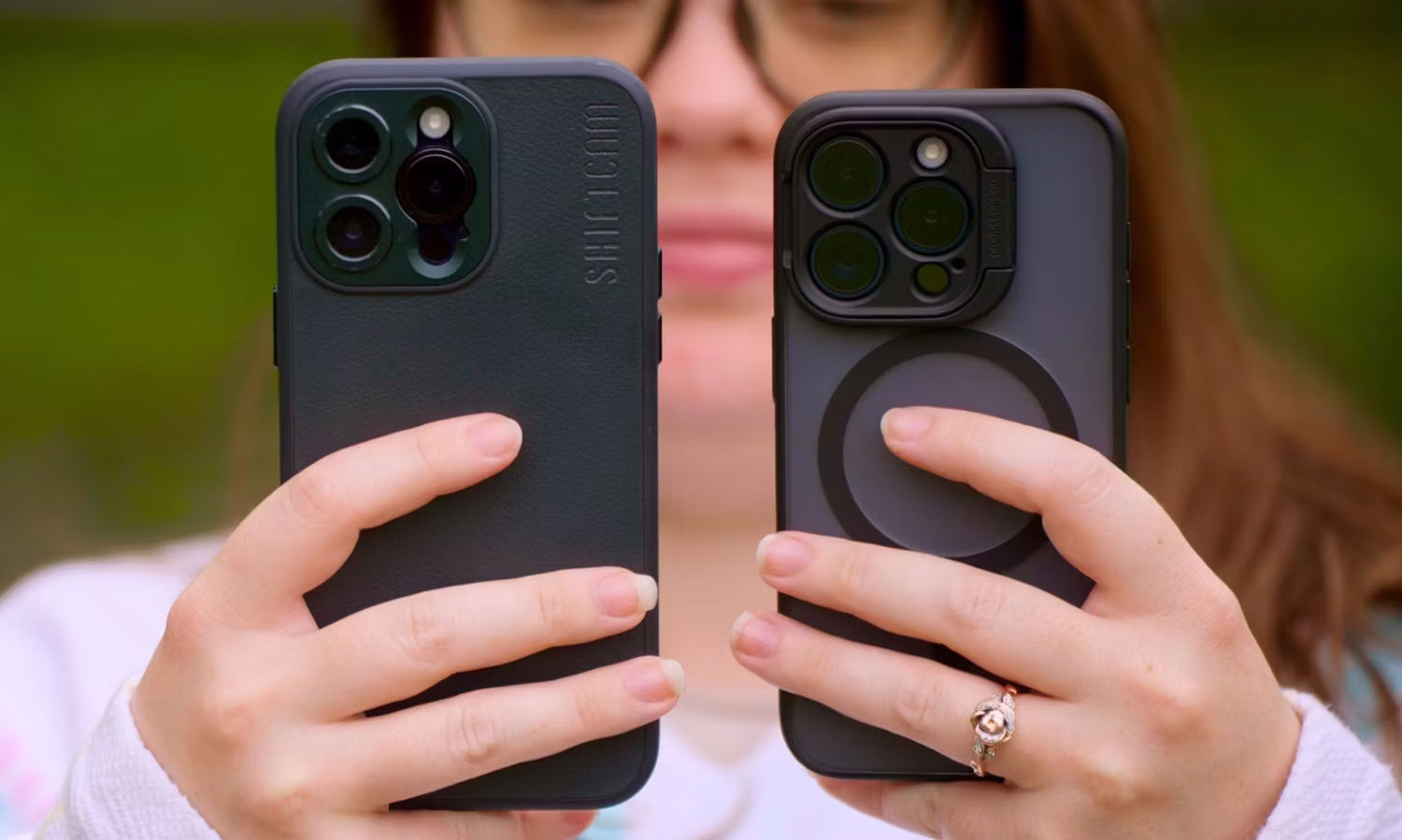
Nowadays we all take a lot of photos and videos with smartphones. Therefore, it needs to be equipped with a top-notch camera setup with multiple lenses, allowing for shooting in different situations.
Most high-end phones take great photos with their main lenses, but make sure they have good ultra-wide and telephoto lenses for the money.
If you are looking for a mid-range phone, just choose a smartphone with a dual camera setup. The second lens can be a telephoto lens or an ultra-wide lens, the choice depends on the type of photos you plan to take with your phone.
3. OLED screen
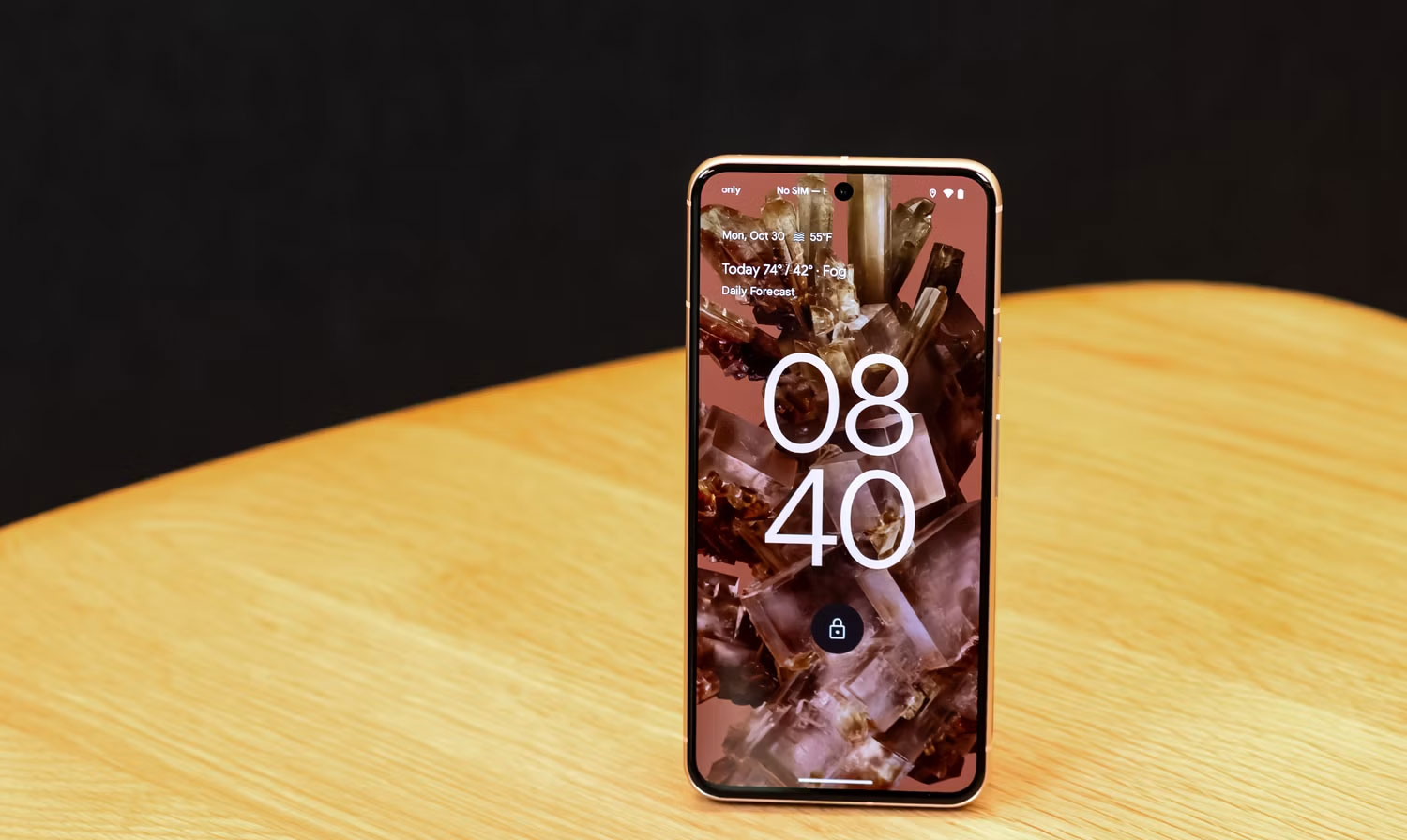
Whether you are looking for a mid-range or high-end smartphone, it must have an OLED screen to meet today's standards. OLED and AMOLED screens are superior to LCD screens because they incorporate self-lit pixels that can individually control brightness instead of using LED backlighting.
You get perfect black when individual pixels turn off to display black content, resulting in an infinite contrast ratio. They also offer the widest viewing angles and can display a wider range of colors with great accuracy, perfect for content viewing.
4. Top processor

In 2024, you'll need a Snapdragon 8 Gen 3 chip if you're buying an Android device, or Apple's A17 Pro chip if you're interested in the latest iPhones. You should not accept any inferior chip if you are paying tens of millions or more for a new smartphone.
Mid-range buyers should carefully check the specs and see if the phone has yesteryear's flagship chip, like the Snapdragon 8 Gen 2 or the A16 Bionic.
These high-end processors ensure smooth performance no matter the task. They will be able to maintain such operation for several years so that there is no need to regularly upgrade smartphones.
5. At least 8GB of RAM
Gone are the days when you could use 4GB of RAM on a smartphone. In 2024, at least 8GB of RAM is required, especially if it is an Android device. 6GB is enough if it's an iPhone, because iOS does a much better job of managing memory.
You can multitask with ease and have multiple apps running in the background without any problem on phones with 8GB RAM or more.
Almost all Android flagships in 2024 have 12GB RAM - the Galaxy S24 Ultra is a prime example. However, mid-range phones often have 8GB RAM, like the Google Pixel 8 in late 2023.
6. The battery is enough to last all day
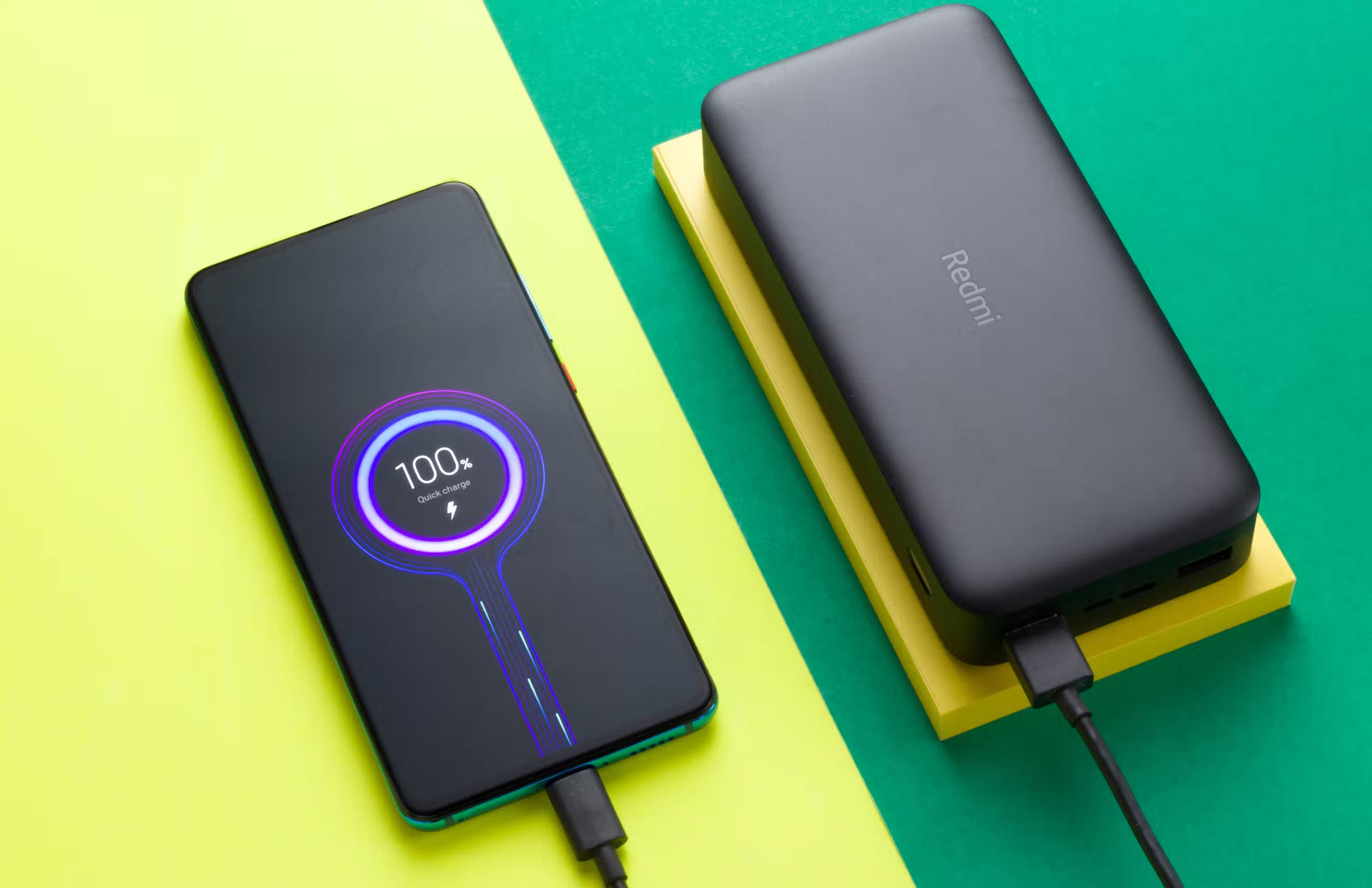
No matter which phone you buy, its battery should be good enough to last all day under normal conditions. No one wants to carry a power bank or charger every day to work. As a power user, you will want your phone to be able to operate all day long despite heavy use.
From experience, Android phones with battery capacities of 5000mAh or more tend to meet expectations. As for the iPhone, the larger Pro Max and Plus variants last significantly longer than the smaller versions. It is recommended to choose larger phones because they often have larger batteries.
7. 256GB of storage
Today's smartphones can take high-resolution photos and videos, which quickly take up valuable internal storage space. For example, the iPhone 15 Pro takes 24MP photos by default and records videos at 4K/60FPS. And if shooting in Apple's ProRes and ProRAW formats, even 256GB of storage won't be enough.
Apps are also getting bigger and better by the day, so make sure you can use your phone for years without worrying about storage space. Otherwise, you'll have to pay a monthly fee for a cloud storage service like iCloud or Google One and transfer some data to the cloud.
Therefore, it is recommended to buy a phone with 256GB of internal memory. 128GB of storage will be enough if you are a normal user who rarely takes photos and does not install many applications. If the phone has an SD card slot, that's a big plus.
8. Long-term software support
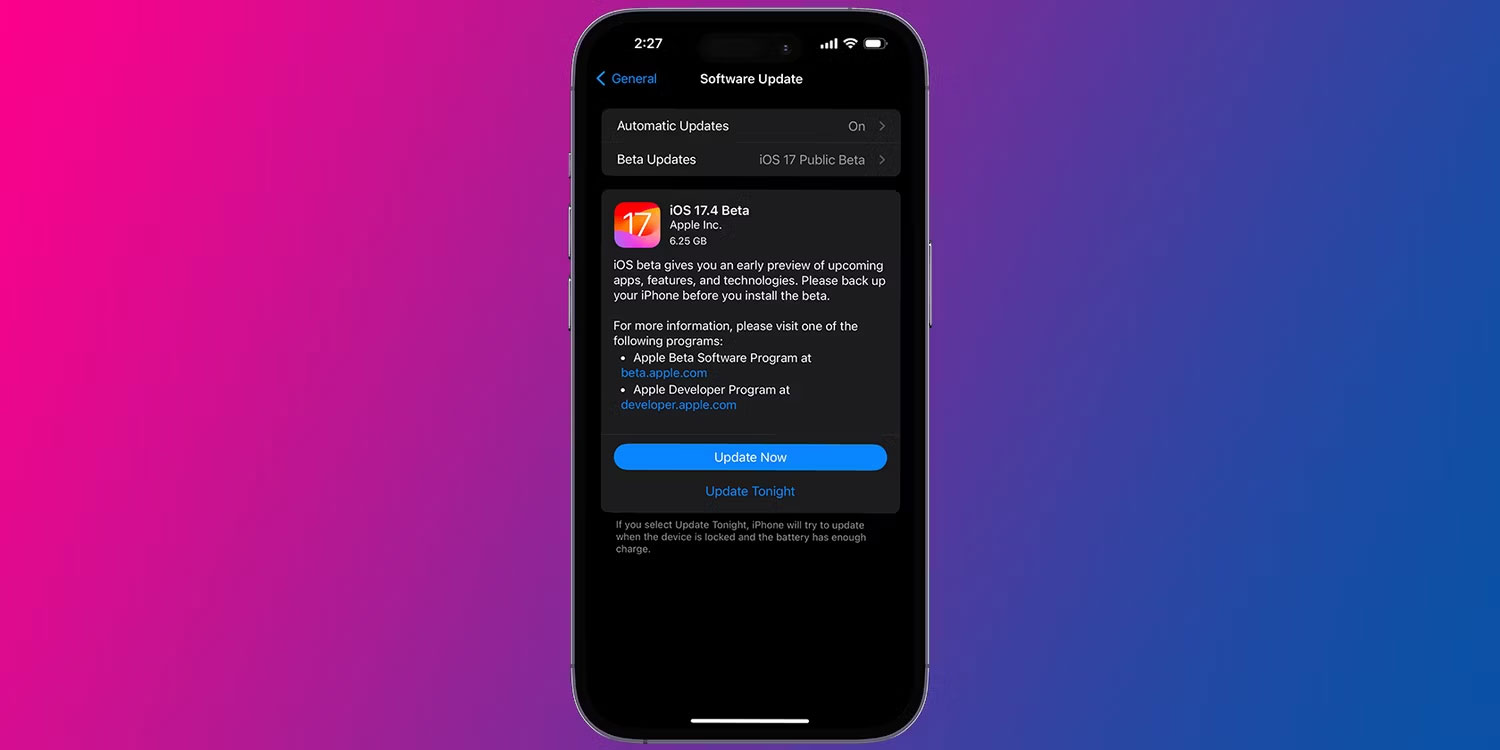
If you spend a large amount of money on a smartphone, users usually expect the manufacturer to support it with software updates for several years. Apple did an excellent job in this part when the iPhone released in 2018 officially supported its latest iOS version, iOS 17.
Android phones are a bit behind in this aspect, typically delivering OS updates every 2 to 4 years. However, from 2024, both Google and Samsung are promising seven years of operating system updates for the Pixel 8 and Galaxy S24 flagship phones. So, if planning to buy an Android phone from any other manufacturer in 2024, make sure to check these details in advance.
There are other features, like wireless charging and a higher waterproof rating, but they're not as important.
You should read it
- 9 tips on using smartphones may not be known
- How can smartphones change our way of thinking?
- What was the 'first smartphone' like?
- 10 super useful new features of smartphones that few people know
- Sony will use MediaTek processor for high-end smartphones
- 5G Qualcomm modem will be available on mid-range smartphones next year, officially opening the era of 5G universalization
- 10 beautiful photography tips with smartphones
- How to capture a sharper image when using the phone camera?
May be interested
- Protect smartphones from 'freezing dead'
 not only does the living entity need to be protected from the cold, but even the 'pet crickets' need to be taken care of like anyone. your phone may be designed to even withstand water, but few have noticed that the cold can also 'erode' electronic devices.
not only does the living entity need to be protected from the cold, but even the 'pet crickets' need to be taken care of like anyone. your phone may be designed to even withstand water, but few have noticed that the cold can also 'erode' electronic devices. - 6 utilities needed to improve Microsoft Office performance
 anyone who has ever used microsoft's office suite agrees with two things: these applications have changed the way everyone works - especially office workers, second is needed. there must be changes to improve office features ...
anyone who has ever used microsoft's office suite agrees with two things: these applications have changed the way everyone works - especially office workers, second is needed. there must be changes to improve office features ... - The AI device revolution will not kill smartphones
 the technology industry is betting on artificial intelligence (ai) to create alternatives to the iphone in particular and smartphones in general. however, the testing process of a prominent ai device, ai pin by startup humane, shows that smartphones will not be eliminated.
the technology industry is betting on artificial intelligence (ai) to create alternatives to the iphone in particular and smartphones in general. however, the testing process of a prominent ai device, ai pin by startup humane, shows that smartphones will not be eliminated. - Top 4 smartphones with 'buffalo' batteries today
 the criteria for buying a smartphone depend not only on the battery capacity but also on the features and life of the phone. however, you probably won't want your phone to run out of power in emergencies. in this article, tipsmake.com will introduce you to the top 4 smartphones with the longest battery life as well as quite good performance.
the criteria for buying a smartphone depend not only on the battery capacity but also on the features and life of the phone. however, you probably won't want your phone to run out of power in emergencies. in this article, tipsmake.com will introduce you to the top 4 smartphones with the longest battery life as well as quite good performance. - 7 useful features of smartphones you may not know how to use
 let's tipsmake.com refer to 7 useful features of smart phones you may not know to use below!
let's tipsmake.com refer to 7 useful features of smart phones you may not know to use below! - 9 tips on using smartphones may not be known
 you want to sleep on the bus without worrying about the bus stop, you want to see the compass, adjust the guitar strings, share the place you're at for friends ... all can be done with just one mobile phone.
you want to sleep on the bus without worrying about the bus stop, you want to see the compass, adjust the guitar strings, share the place you're at for friends ... all can be done with just one mobile phone. - The hidden features on Android used to troll extremely interesting friends
 on android smartphones or tablets, there are 5 hidden features that can be used to troll friends who are afraid of being green. in fact, normal users will be hard to recognize and easily deceived.
on android smartphones or tablets, there are 5 hidden features that can be used to troll friends who are afraid of being green. in fact, normal users will be hard to recognize and easily deceived. - How can smartphones change our way of thinking?
 digital devices attract people's attention like a new dependency. how can smartphones change our way of thinking?
digital devices attract people's attention like a new dependency. how can smartphones change our way of thinking? - 7 Ways Smartphones Are Getting Worse
 when you compare smartphones from nearly two decades ago and today, you can't help but notice that they've gotten worse in a variety of ways.
when you compare smartphones from nearly two decades ago and today, you can't help but notice that they've gotten worse in a variety of ways. - Cheap smartphones can have serious privacy problems
 for years, reports have said that low-cost smartphones are being equipped with spyware and even malware. unfortunately, that situation remains unchanged.
for years, reports have said that low-cost smartphones are being equipped with spyware and even malware. unfortunately, that situation remains unchanged.










 iPhone photography tips: How to take better travel photos
iPhone photography tips: How to take better travel photos How to use Apple AirTag on Android
How to use Apple AirTag on Android Instructions for changing application subscription packages on the App Store
Instructions for changing application subscription packages on the App Store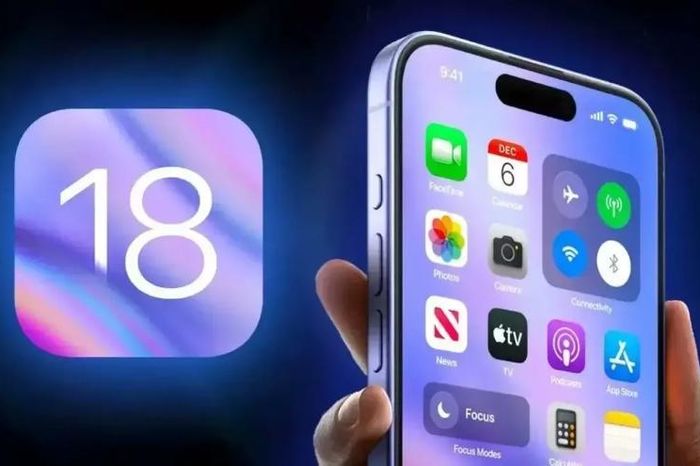 When will iOS 18 with many outstanding upgrades be officially released?
When will iOS 18 with many outstanding upgrades be officially released? The richest 1% of people in the world use Samsung phones or iPhones?
The richest 1% of people in the world use Samsung phones or iPhones?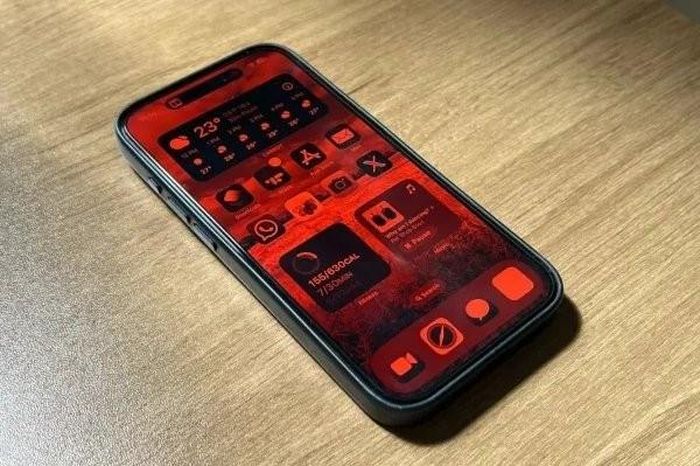 iPhone turns into a mysterious, seductive 'lunar eclipse' version
iPhone turns into a mysterious, seductive 'lunar eclipse' version